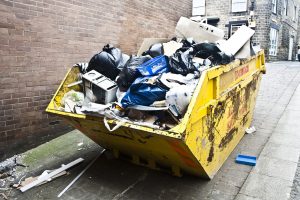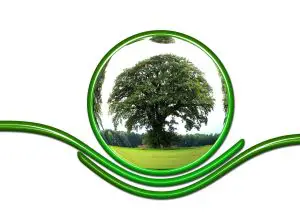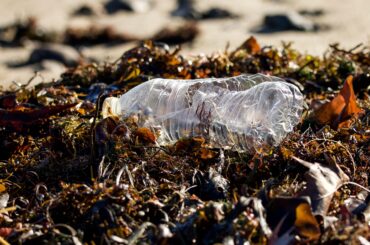Are you someone wondering how do recycling centres separate materials? Then keep reading this article. The practice of recycling is not new; Only 34% of waste is recycled, despite decades of practice. Is it because people don’t know enough about the subject? Do you have trouble recycling?
Recycling is easy and can be very good for the environment as well as the homeowner or renter. Our plastics were previously shipped to China; Nevertheless, let’s face it: They decided that it was not worth their time or money after growing weary of the disorder and filth. In the United States, recycling facilities receive an overwhelming number of recyclable materials at the moment. While it is impossible to completely avoid waste, it is prudent to restrict consumption and use.
China prohibits the import of 24 types of solid waste as part of a comprehensive cleanup effort and campaign against “yang laji,” or “foreign garbage.” These items include unsorted paper and the low-grade polyethylene terephthalate found in plastic bottles. The levels of impurities in other recyclables are also restricted in a novel way.

In addition, officials in China expressed dissatisfaction regarding the improper cleaning of a significant portion of the imported material or the contamination of recyclable materials with non-recyclable ones. Recycling is the process of breaking down and reusing items made of a particular material. Before being processed, melted, and used once more, the metal can is separated from thousands of other cans and crushed after being rinsed. When combined, they become new cans.
Paper is used to make new paper goods. There are numerous places where materials like paper, steel, aluminum, plastic, and glass can be recycled. In some locations, food scraps, tree limbs, and untreated wood scraps can also be composted. Even though recycling many items is simple, you probably don’t give much thought to what happens to them after they leave your driveway. After the bin is loaded onto a truck, what happens next?

How do recycling centers separate materials
- Landfill: A landfill is where anything left over, like shoes, jar lids, Happy Meal toys, and other things, are thrown away. That’s about 5% of what the single-stream system used by Willimantic Waste Paper collects.
- Drum feeder: A mechanical claw lifts a few tipped objects from the ground and deposits them in a rotating drum. The drum evenly distributes the recyclables on a conveyor belt.
- Tipping on the floor: Mixed recyclables are brought to the facility by dump trucks, where they are piled on the floor. The driver makes sure that there are no big things in the mix, like an engine from a car.
- Various grades of paper are extracted from Willimantic Waste Paper by three smaller star screens, making up two thirds of the recycled material. Plastic, aluminum, and glass all roll back down onto the main belt after passing through the screens.
- Large star screens: The Dutch came up with the idea for star screens in the 1950s. These screens are a series of offset discs shaped like stars that lift corrugated cardboard to sort tulip bulbs. The movement continues as the smaller items move through the conveyor belt’s screens.
- Second sorters: Human workers are positioned along the line to remove smaller contaminants from the product as it moves away from the star screens. John DeVivo, co-owner of Willimantic Waste Paper, states, “This is where we pull people’s wallets out of their pockets.”
- Eddy current separator: An eddy field is a magnetic field in which aluminum’s electrons generate their own magnetic field. Aluminium is moved onto a different conveyor as a result of the eddy field’s interaction with the machine’s magnetic field.
- Glass sorter: The bins below the star screens hold the heavier glass, which is heavier than aluminium and plastic. The material is transported to a different part of the site via a separate conveyor system, where it is ground into coarse sand and shipped to glass recycles.
- The initial sorters: The employees get rid of anything that can’t fit through the sorter, like coat hangers, plastic bags, and other items that could clog the line.
- Baler: The final machine on the conveyor belt produces a bale of recycled paper, cardboard, plastic, or metal every seventy seconds. A single bale of paper weighs about one ton and has dimensions of five feet by four feet by three feet.
- Infrared lasers: Right now, plastic is the only thing left. A sensor detects the signatures of various grades of plastic when infrared laser beams shine on plastic objects. The recyclable and nonrecyclable materials are carefully separated with strategically placed puffs of air.
- A magnetic metal sorter consists of a 3,900-Gauss magnet that flies above the conveyor and draws anything that is magnetic; However, only 4% of the recyclable material typically attracts attention.






